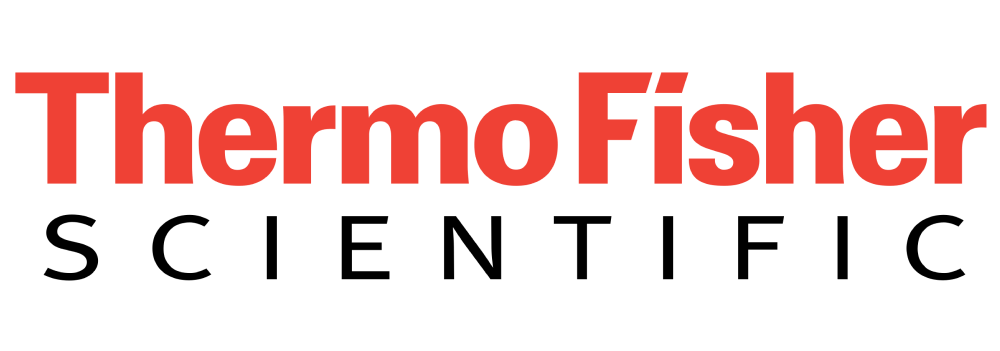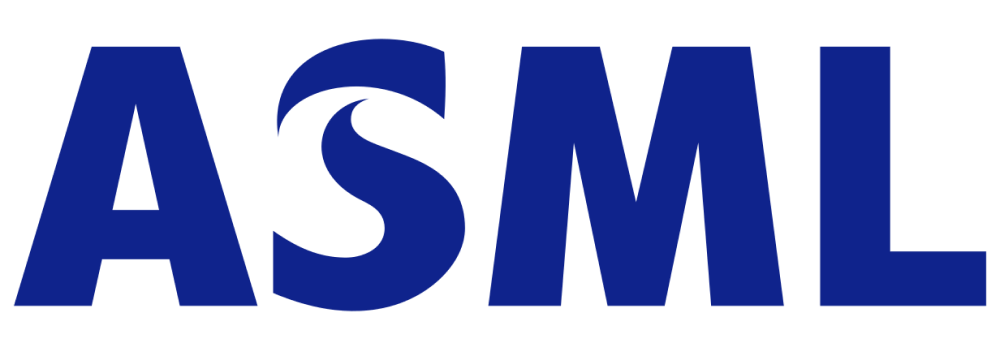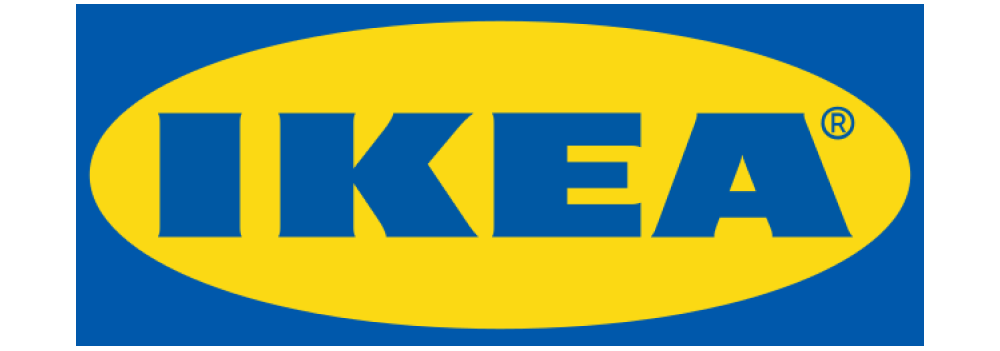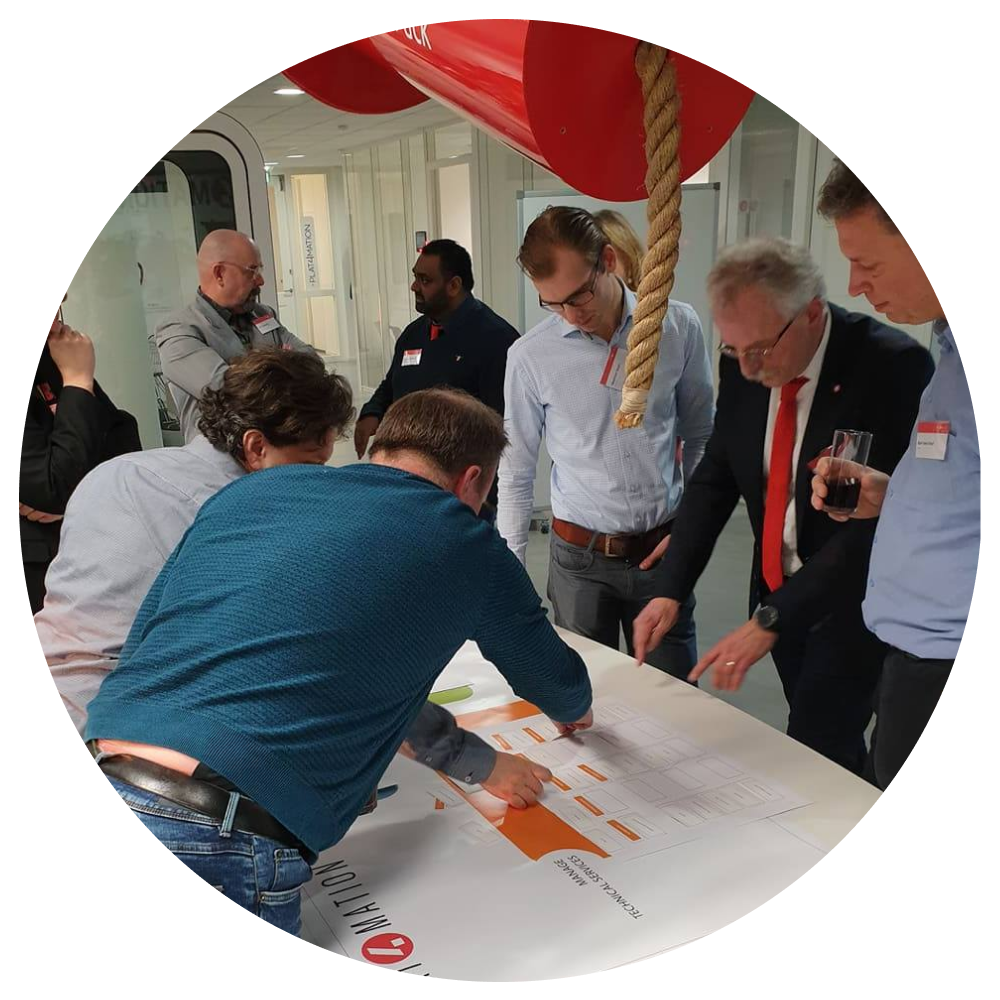The CSDM acts as a blueprint for mapping your IT services to ServiceNow. The CMDB-based framework identifies where to place data for the modules you’re using. Plus, the CSDM is the standard for all ServiceNow products that use the CMDB. Following the CSDM framework ensures ServiceNow application data is correctly mapped to the appropriate CMDB tables.
Failure to follow the CSDM will result in limited platform ROI and benefits.
CSDM tables have only been available OOTB for 2 years or less, which is why many ServiceNow instances rely on necessary customizations or non-conforming tables within the CMDB. So, there’s caution involved in this migration. In a nutshell, here’s how we do it:
- Back up your data
- Attribute mapping
- Dependency Assessment
- Refactor attributes
- Data Migration
ServiceNow does not recommend implementing all elements of the CSDM at once. Based on experience, it is best to approach the CSDM in a staged manner. First, you build the foundation and then go through the stages of Crawl, Walk, Run and Fly.
Technical Service
A Technical Service—supported by IT Operations—is generally provided to IT teams or consumers within an organization and is often supporting a business service (one of its building blocks/components).
We label a service as Technical when it is…
- …provided by IT teams, DevOps teams, etc. and supports a Business Service
- …supporting an infrastructure or applications
- ..published to technology consumers or IT-focused teams
Business Service
A Business Service delivers value to a customer: it’s work or goods that are supported by an IT infrastructure. Business services are usually abstract and represent the highest level in your CMDB. These services should be represented the way the customer sees them, not from the viewpoint of IT.
We label a service as Business when…
- …it is external-facing and/or published to end-users
- …we can identify the consumer as a company, group or person
- …it can be consumed as a stand-alone service
- …it has an assigned price














